
The Ultimate Guide to Tea Kettles
Tea enthusiasts know that the perfect cup of tea starts with Tea Kettles. Among the essential Tea Accessories, the tea kettle stands out as a cornerstone for brewing. Whether you’re […]
 play_arrow
play_arrow
The Ultimate Guide to Tea Brewing Mr. Tea Talk
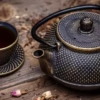 play_arrow
play_arrow
A Comprehensive Review of 3 Must-Have Tea Products on Amazon Mr. Tea Talk
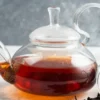 play_arrow
play_arrow
The Ultimate Guide to the Best Tea Essentials on Amazon: Kettles and Teapots You’ll Love Mr. Tea Talk
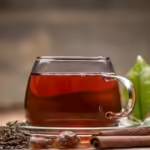 play_arrow
play_arrow
The Best Teapots for Tea Lovers: Silver vs. Borosilicate Glass Mr. Tea Talk

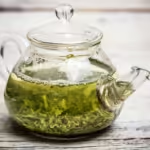 play_arrow
play_arrow
The Ultimate Guide to Tea Infusers Mr. Tea Talk
Tea infusers are essential accessories for anyone who enjoys loose-leaf tea. They allow tea leaves to fully expand and infuse their flavors into the water, providing a superior taste compared to tea bags. In this comprehensive guide, we’ll explore everything you need to know about tea infusers, including types, materials, how to use them, and tips for cleaning and maintenance. Whether you’re a seasoned tea drinker or a beginner, this guide will help you choose the best tea infuser for your needs and ensure you get the most out of your tea.
Using a tea infuser has several benefits:
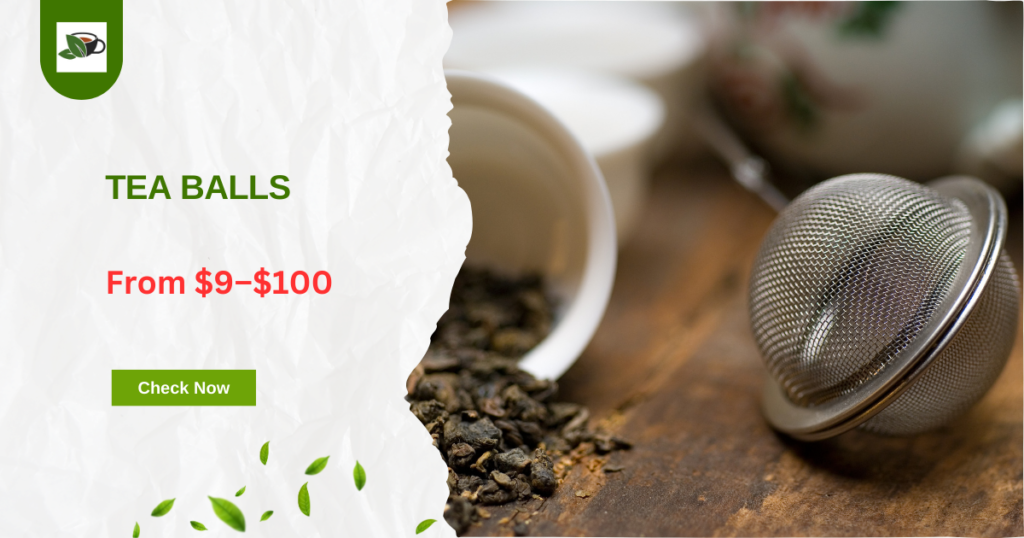
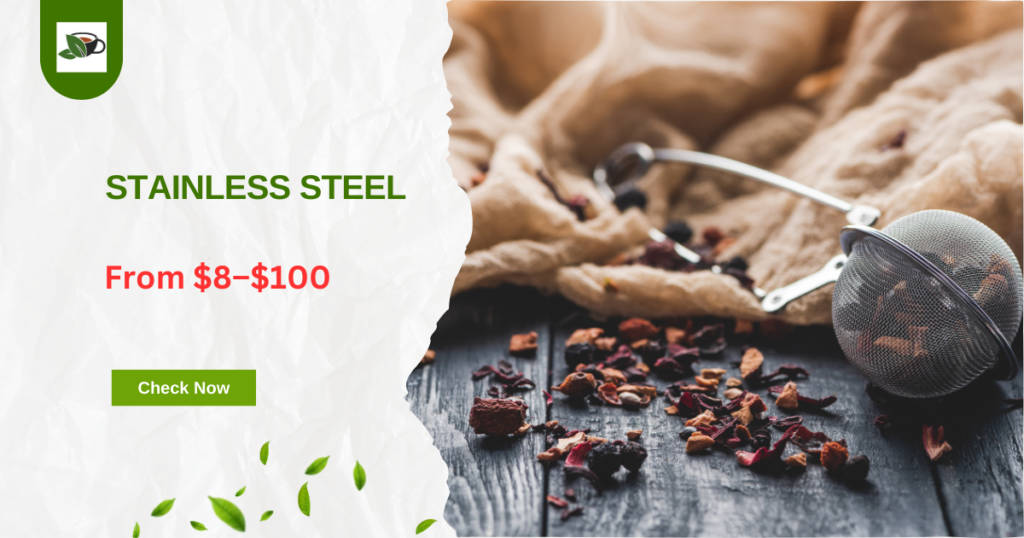
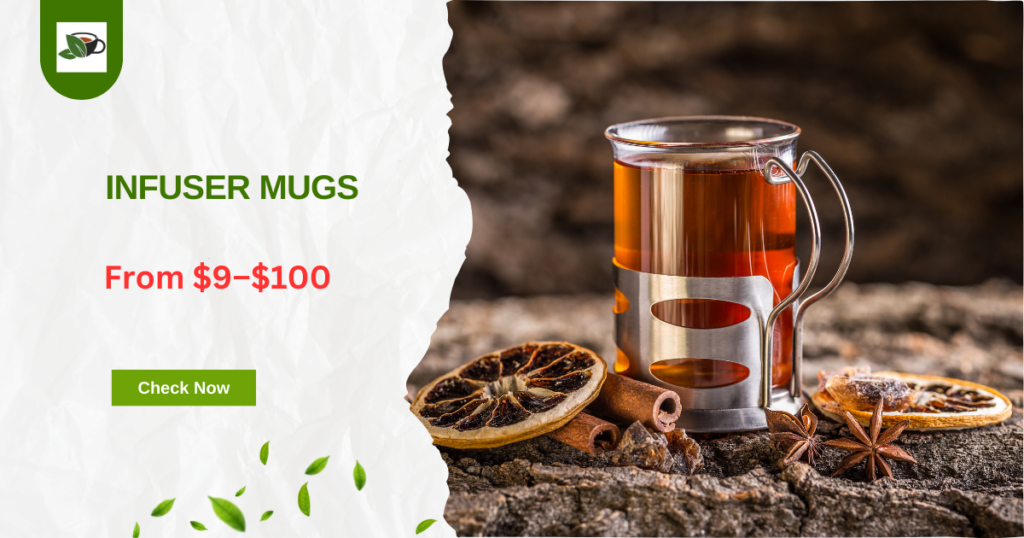
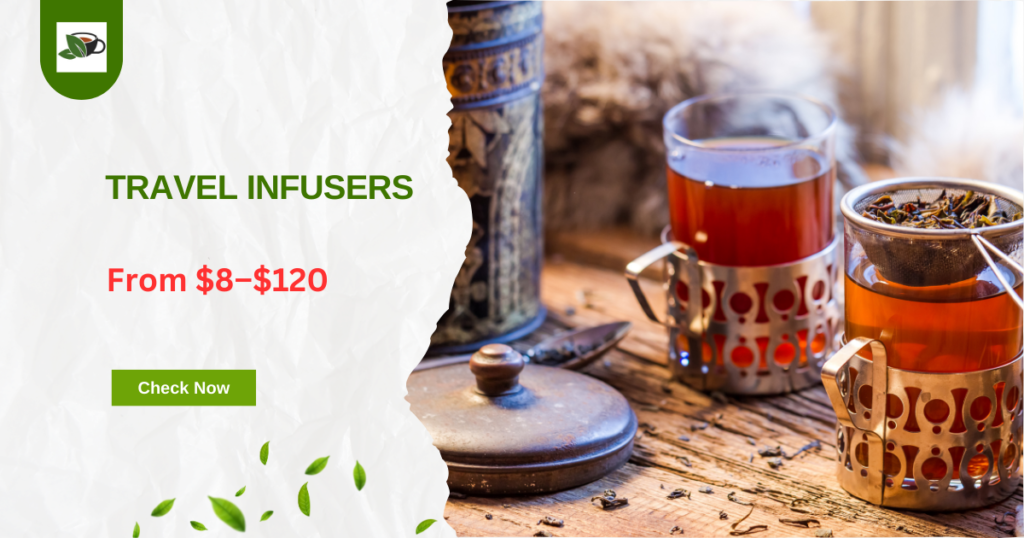
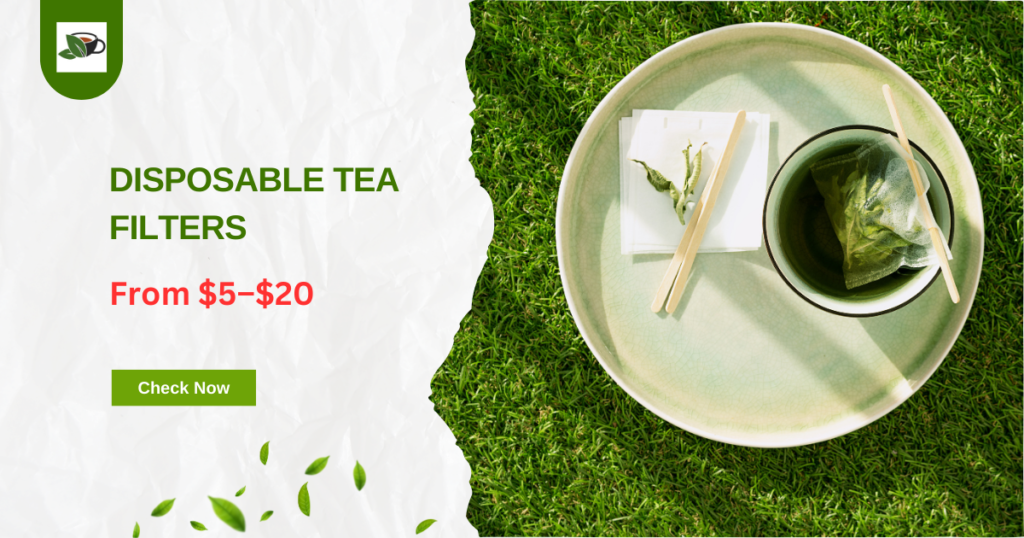
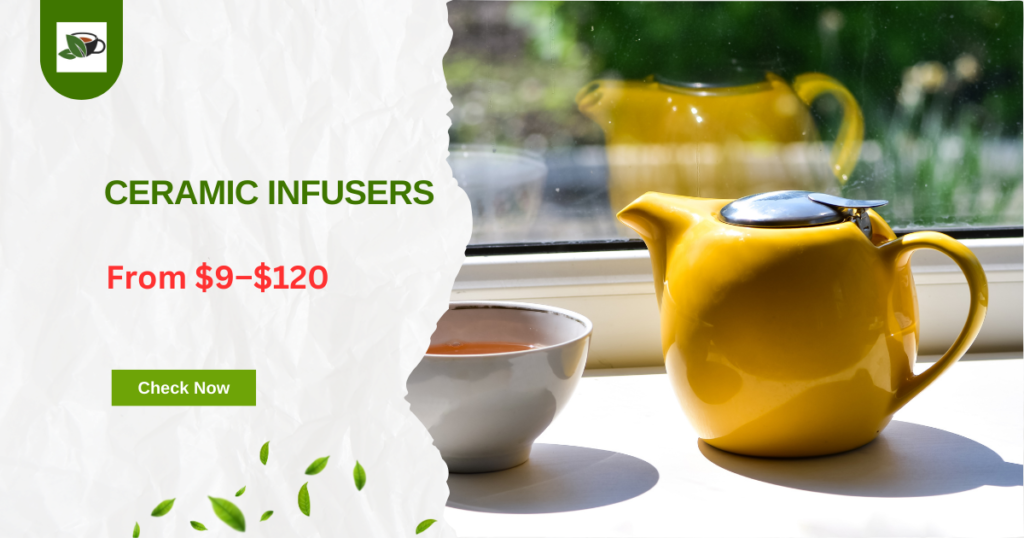
A quality tea infuser is an essential tool for any tea enthusiast. It allows you to enjoy the full flavors of loose-leaf tea, offering a richer and more satisfying experience compared to tea bags. By understanding the different types, materials, and features of tea infusers, you can choose the best one for your needs and ensure your tea brewing process is both enjoyable and efficient. With proper care and maintenance, your tea infuser can provide years of delicious tea moments. Happy brewing!
Tagged as: Ultimate Guide to Tea Infusers, Tea Infusers.

Tea enthusiasts know that the perfect cup of tea starts with Tea Kettles. Among the essential Tea Accessories, the tea kettle stands out as a cornerstone for brewing. Whether you’re […]


Copyright | Ceylon Wild Tea - All Rights Reserved | 2025
Post comments
This post currently has no comments.